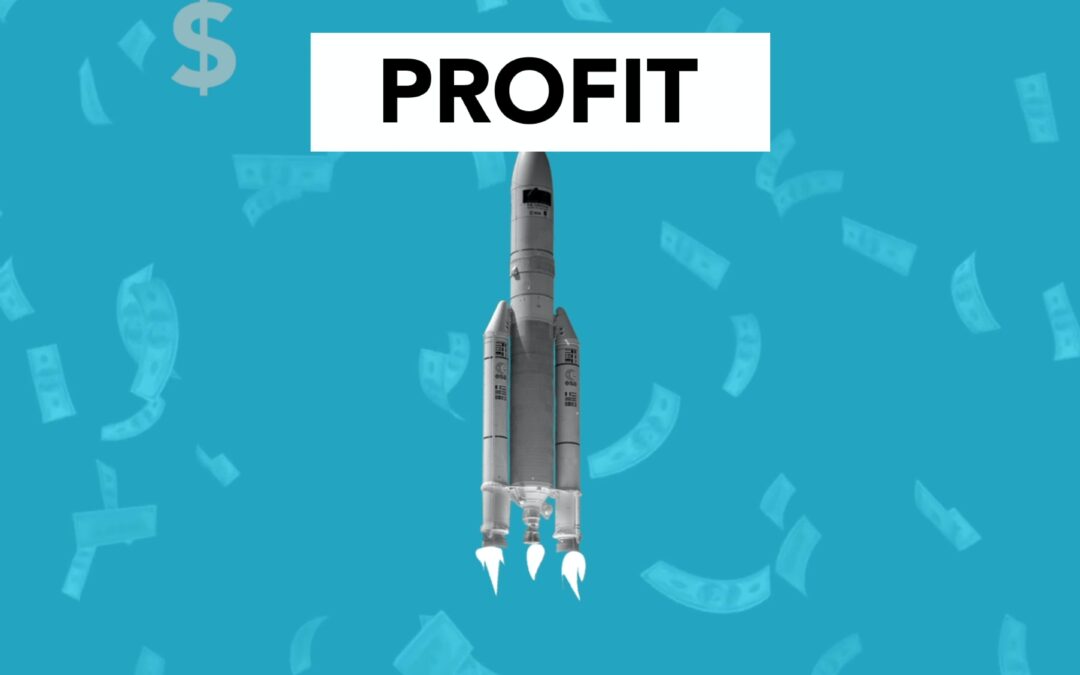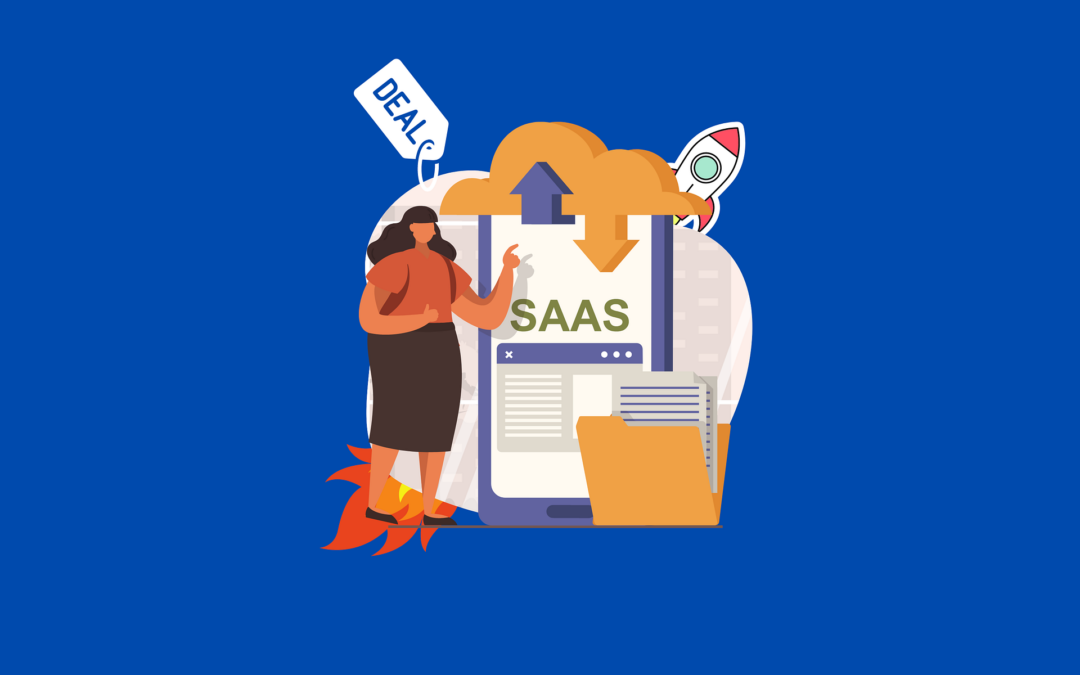
by PHX Startup Week | Mar 31, 2023 | Uncategorized
The software as a service (SAAS) industry offers a wide range of career opportunities for those with the right skills and interests. Here are some of the key job titles and responsibilities within the SAAS industry, along with the skills and interests that are essential for success in these roles:
- Software Development: Software developers are the backbone of the SAAS industry, responsible for designing, building, and maintaining software applications. To succeed in this role, you should have a strong background in computer science and programming, along with excellent problem-solving and communication skills.
- Product Management: Product managers are responsible for defining and delivering products that meet the needs of the market. This role requires a combination of technical and business skills, along with the ability to work effectively with cross-functional teams. To succeed in product management, you should have a deep understanding of the software development process and a passion for creating great products.
- Sales: Sales professionals play a critical role in the SAAS industry, responsible for identifying and closing new business opportunities. To succeed in sales, you should have strong interpersonal skills, a high level of energy, and a passion for helping customers succeed.
- Marketing: Marketing professionals are responsible for building awareness and demand for SAAS products and services. This role requires a combination of technical and creative skills, along with the ability to analyze and interpret data to inform marketing strategies. To succeed in marketing, you should have a passion for storytelling and a deep understanding of the target audience.
- Customer Success: Customer success professionals are responsible for ensuring that customers are able to realize the full value of their SAAS investment. This role requires strong customer service skills, the ability to understand customer needs, and a passion for helping others succeed.
- Operations: Operations professionals play a critical role in the SAAS industry, responsible for ensuring that systems and processes are in place to support the delivery of products and services. To succeed in operations, you should have a strong background in IT operations and a passion for problem-solving and continuous improvement.
To prepare for a career in the SAAS industry, it’s important to pursue a strong educational background in computer science, engineering, or a related field. Many SAAS companies also value hands-on experience, so internships or work experience in the technology industry can be valuable as well. Additionally, it’s important to stay up-to-date with the latest technologies and trends in the SAAS industry, as the field is constantly evolving and new skills are always in demand.
In conclusion, the SAAS industry offers a wide range of career opportunities for those with the right skills and interests. Whether you’re interested in software development, product management, sales, marketing, customer success, or operations, there is a role for you in the SAAS industry.

by PHX Startup Week | Mar 30, 2023 | Uncategorized
Gaining traction is a critical challenge for any software as a service (SAAS) company. With so many competitors in the market, it can be difficult to stand out and get noticed by potential customers. However, by following some tried and tested strategies, you can increase your chances of success and gain the traction you need to grow your business. Here are some tips for gaining traction for your SAAS company:
- Define your target audience: The first step to gaining traction is to understand who your target customers are and what they need. By defining your target audience, you can create a product that meets their specific needs and create marketing campaigns that will resonate with them.
- Create a minimum viable product (MVP): Your MVP should be a simplified version of your product that provides enough value to your customers to keep them engaged. This will help you get early feedback on your product and iterate quickly, so that you can improve it and meet your customers’ needs.
- Leverage your network: Your network is a valuable resource for gaining traction for your SAAS company. Reach out to your friends, family, and professional contacts and ask them to help spread the word about your product.
- Utilize content marketing: Content marketing is a powerful way to reach your target audience and build brand awareness. Create high-quality blog posts, videos, and other content that provides value to your target audience and helps position your company as a thought leader in your industry.
- Use social media: Social media is a powerful tool for gaining traction for your SAAS company. Leverage platforms like Twitter, LinkedIn, and Facebook to build a following, engage with your target audience, and share your product with potential customers.
- Attend industry events: Attending industry events is a great way to network, build relationships, and gain exposure for your SAAS company. Look for events that are relevant to your industry and make sure to bring business cards and promotional materials to share with potential customers.
- Partner with other companies: Partnering with other companies can help you gain traction for your SAAS company. Look for complementary companies that serve the same target audience and consider working together on joint marketing campaigns, co-branded events, and other initiatives.
- Offer a free trial: Offering a free trial is a great way to encourage potential customers to try your product and see its value for themselves. Make sure your free trial is easy to sign up for and provides a great user experience.
- Utilize customer referrals: Word of mouth is one of the most powerful ways to gain traction for your SAAS company. Encourage your satisfied customers to refer their friends and colleagues to your product, and consider offering incentives to those who refer new customers.
- Continuously iterate: Finally, it’s important to continuously iterate and improve your product based on feedback from your customers. This will help you stay ahead of your competitors and provide value to your customers, which is the key to gaining traction and growing your business.
Gaining traction for your SAAS company is a challenging but achievable goal. By following these tips and focusing on providing value to your customers, you can increase your chances of success and build a thriving business.

by PHX Startup Week | Mar 6, 2023 | Uncategorized
Since the theme of the first day of PHX Startup Week 2023, we thought we’d talk a little bit about the history of Saas!
Software as a Service (SAAS) is a delivery model for software applications that has revolutionized the way businesses operate. The concept of SAAS has been around for several decades, but it has only gained significant traction in recent years. In this article, we’ll take a closer look at the history of SAAS and how it has evolved over time.
The origins of SAAS can be traced back to the late 1960s and early 1970s, when mainframe computers were the norm. At that time, businesses and organizations used mainframe computers to run their operations and store data. However, these systems were expensive and required significant technical expertise to operate, making them inaccessible to many businesses.
In the 1980s and 1990s, the rise of personal computers and local area networks (LANs) made it possible for businesses to run software on their own systems. However, this model still required significant upfront investments in hardware and software, and businesses needed to have the technical expertise to install and maintain the systems.
The concept of SAAS began to emerge in the late 1990s and early 2000s, as the internet became more widespread and the cost of hardware and software began to decline. The first SAAS solutions were basic and focused on personal productivity tools, such as email and calendars.
Over time, the SAAS model began to evolve, and more advanced applications became available. By the mid-2000s, enterprise software such as customer relationship management (CRM) and human resource management (HRM) systems were being offered as SAAS solutions. This made it possible for businesses of all sizes to access enterprise-level software, regardless of their technical expertise or budget.
The growth of SAAS was also driven by the increasing adoption of cloud computing. The cloud provided the infrastructure needed to deliver software over the internet, making it possible for businesses to access software from any device with an internet connection. This made SAAS solutions more accessible and cost-effective than ever before.
By the 2010s, the SAAS model had become the norm, and businesses of all sizes were using cloud-based software to run their operations. The growth of the SAAS industry was driven by the increasing demand for flexible and scalable solutions, as well as the benefits of cloud computing, including lower costs, ease of use, and automatic updates.
Today, the SAAS industry is valued at billions of dollars and is growing at an incredible pace. The industry is changing the way businesses operate, making it possible for companies of all sizes to access enterprise-level software, regardless of their technical expertise or budget. The future of the industry looks bright, with new innovations and applications emerging all the time, and businesses continuing to adopt SAAS solutions at a rapid pace.
In conclusion, the history of SAAS is a story of evolution and innovation. From its humble beginnings as basic personal productivity tools to its current status as a multi-billion-dollar industry, SAAS has changed the way businesses operate and has provided companies of all sizes with access to enterprise-level software. The future of the industry looks bright, and it will be exciting to see how SAAS continues to evolve and impact the business world in the years to come.



